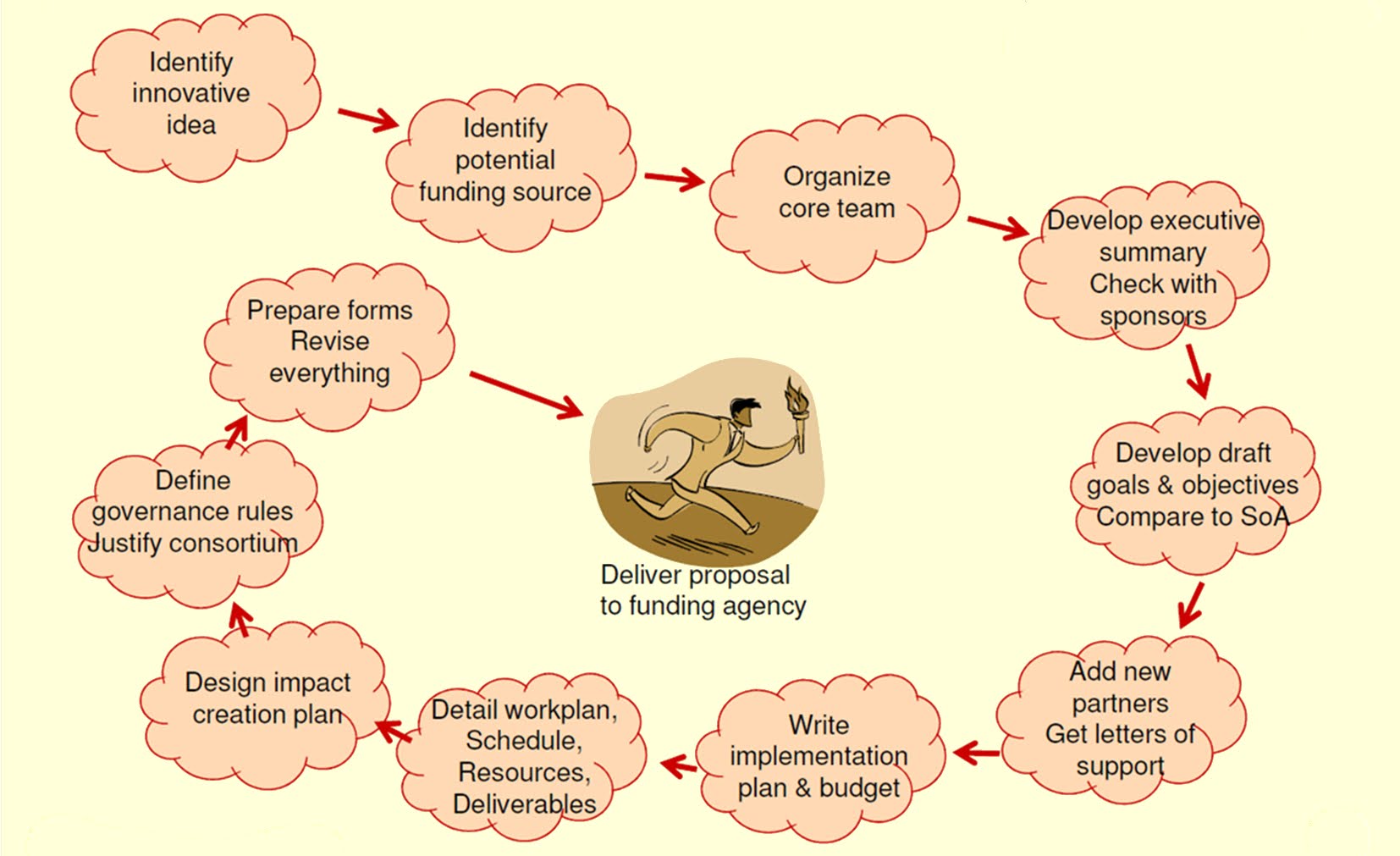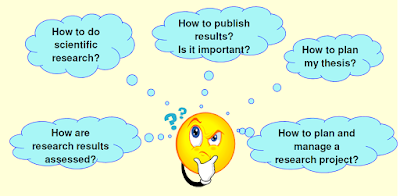Project proposal writing? The project proposal is an indispensable stage of doing research. Without funding, it is quite impossible to carry out the research activities and for funding, project proposal is essential. The possibility of getting the funding significantly depends on the project proposal – research topic, research team, objectives, implementation plan, budget, detail workplan and so on. It is very important to write a research project proposal effectively to ensure the funding. A research project proposal is a document written by a researcher, scientist, or academic that outlines new ideas for research, as well as the need for funding. Research project proposal should be written systematically following some structured rules that means a research project proposal is a structured format prepared mainly for funding by mentioning a research issue systematically. Step-by-step process of writing a research proposal has been explained in this article. The processes involved in writing a research proposal are also schematically shown in figure 1 below.
Step by step process of writing a research Project proposal?
1. Identify innovative idea
This is the most crucial point of the research proposal. The topic or issue to be researched should be very innovative as well as impactful to the society. To find an innovative idea, researchers must have good command over the existing literatures or studies done so far. The proper state of the art knowledge helps them to choose a new idea. In addition, choosing new idea is also relies on the research experience of the researchers. The more experience, the better chance of getting newer ideas. Of course, there might be some exceptions.
2. Identify potential funding source
After choosing a new idea or selecting a research topic, the next step is to study on the available funding sources or agencies. Researchers should find the relevant funding bodies and make a list of them. Applying indiscriminately often results in the rejection. So, it is not wise to apply everywhere for funding. Some of the common funding agencies are mentioned below:
- Government funding,
- Industrial funding,
- Non-government organizations (NGOs),
- Bank funding (e.g., World bank funding, ADB funding, etc.),
- Country to country bilateral agreement funding and so on.
There are some constraints from the sponsors. For example, time constraints (sponsors open Calls for Proposals, and calls open on specific dates and for a specific time window), priority constraints (Sponsors define areas with specific objectives to be funded), specific format (structure, page limit, table and figures, references, etc.), proposal evaluation constraints (evaluation rules, criteria, jury) and so on.
3. Organize core team
Specifying, selecting, and distributing the responsibility and authority are also important factors for a research proposal. Based on these factors, fund seeking researchers should organize a core research team. The team organogram should be clearly stated. For example, head researcher, research associates, etc.
4. Develop executive summary
An executive summary is a comprehensive overview of a research proposal or other form of document that summarizes significant aspects for readers, saving time and preparing them to comprehend the study’s full material. Executive must be very precise and written in standard language.
5. Develop draft goals and objectives
The researchers should develop a set of research goal and objectives that are going to be achieved at the end of this project. What are the ultimate output (tentative), should be outlined precisely.
6. Add new partners
Sometimes while working on multidisciplinary issues, requires partners with different expertise. Small projects, usually funded at the national or corporate level, can be completed by a single group without the help from others. However, larger / more ambitious projects, which are typically multidisciplinary in character, necessitate a variety of expertise and resources not available to single groups, necessitating the formation of a multi-partner research collaboration.
7. Write implementation plan and budget
One of the important parts of a research project proposal is the implementation plan. The methodology of implementing the plan should be discussed precisely. The most crucial factor of a research project proposal is budgeting. An accurate and updated budget strongly helps to get the funding opportunities. It is to provide the detail expenditure budget for materials, testing, services, remuneration and others (if any). To provide the accurate budgeting, researchers must have the updated information on the concurrent market of different types of materials that are involved in the research.
8. Detail workplan, schedule, resources, and deliverables
The detail workplan, time schedule, necessary materials and deliverable outputs are to be clearly mentioned in the research proposal. Research workplan and schedule can also be termed as the time and action plan. This plan states the commencing and ending date of each step of the project to be carried out to meet the objectives. Besides, which materials, equipment are required, should be mentioned. A research proposal also specifies the amount, type of deliverables like report, presentation, publications, or any targeted results and so on…
9. Design impact creation plan
It is another important aspect of a research plan. The proposal should discuss, how it will create an impact on a target market or target community or society. The usefulness of the research work to be carried out should be discussed comprehensively to convince the funders.
10. Define governance rules
The funding agency may set specific (tight) formatting criteria for the document’s structure, formatting (font size, etc.), page limit (or even character limit), language, and so on. These limits must be properly considered in order to meet the requirements of the donors.
11. Prepare forms
The research proposal finally can be sent to the funding agency with all the required documents or forms. Several administrative forms are frequently necessary. For example, forms for identifying and characterizing the consortium and its partners, as well as financial information.
Texpedi.com
Check out these related articles:









